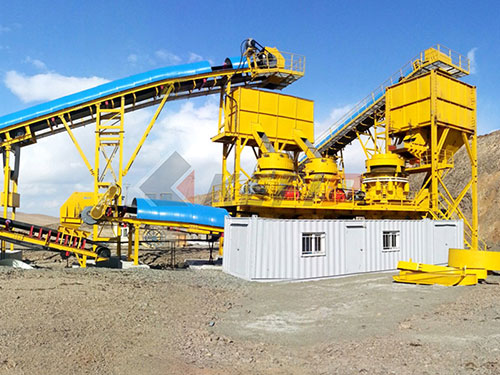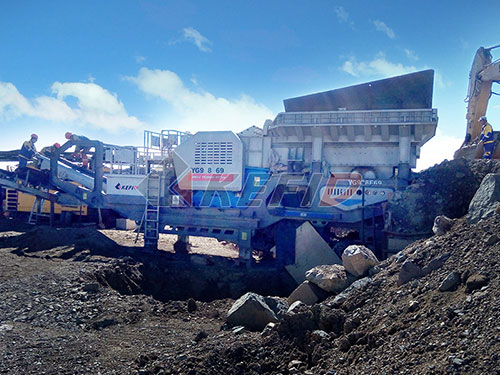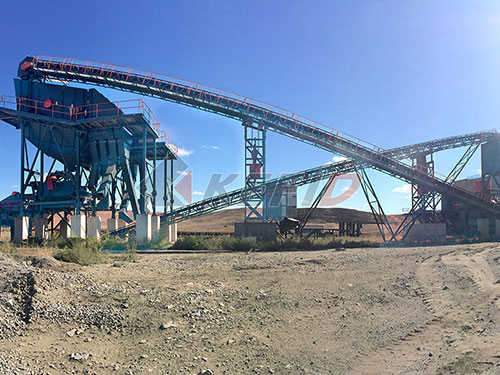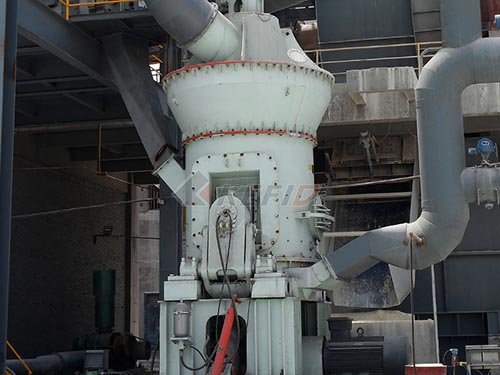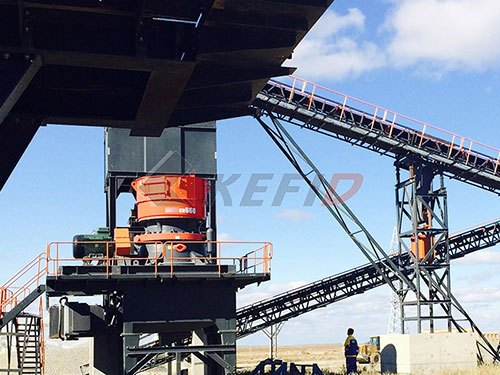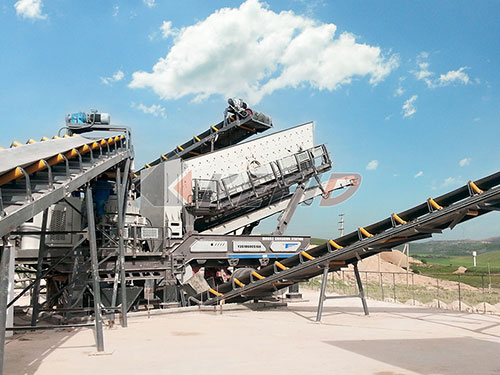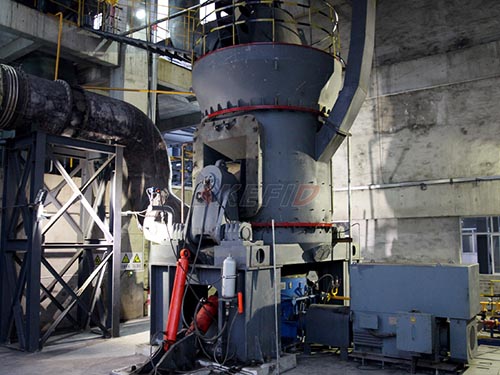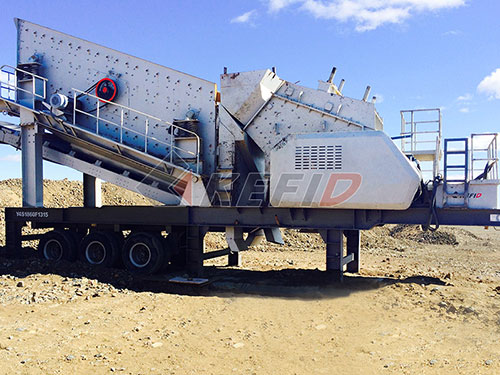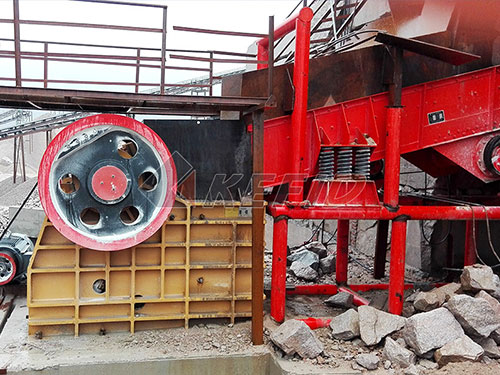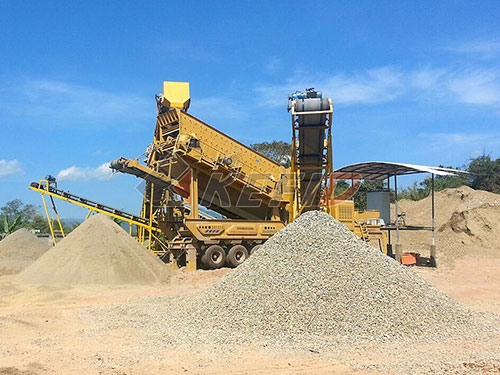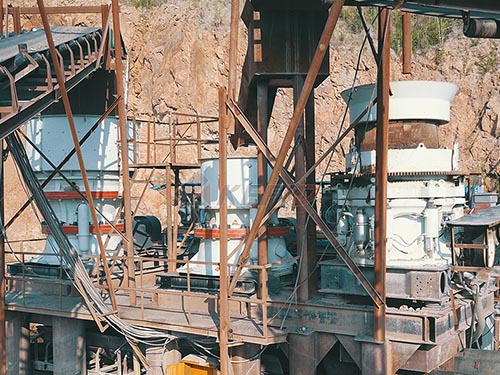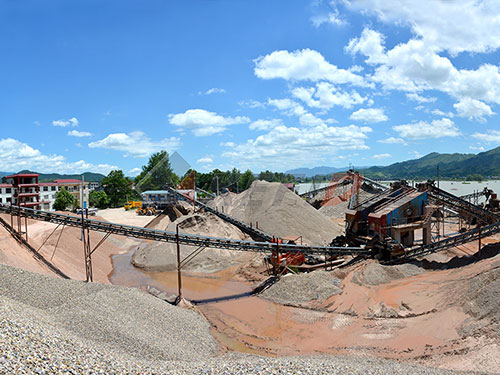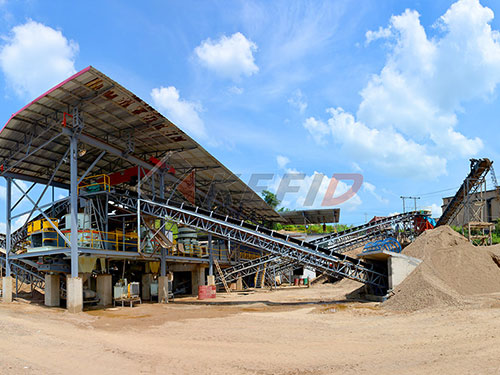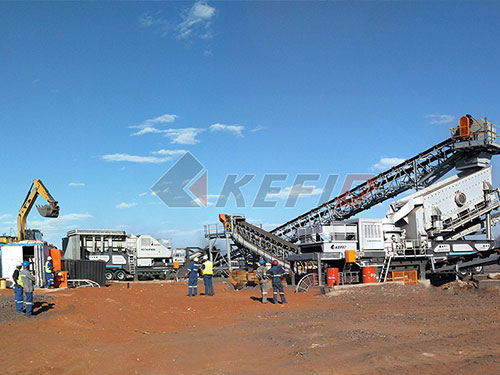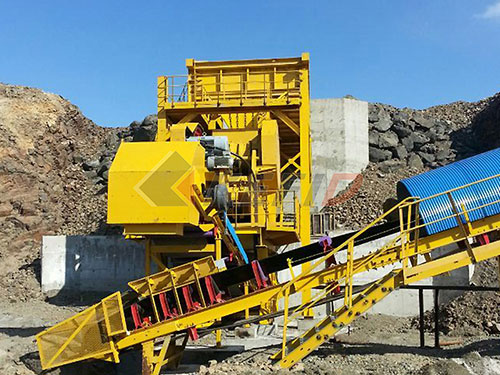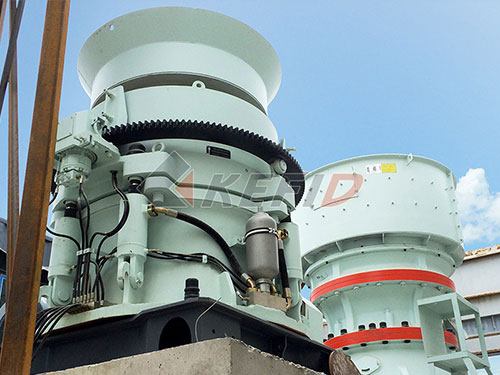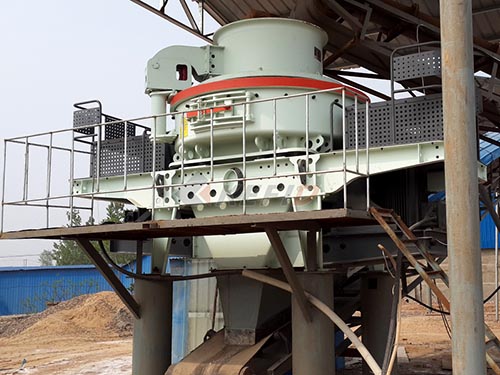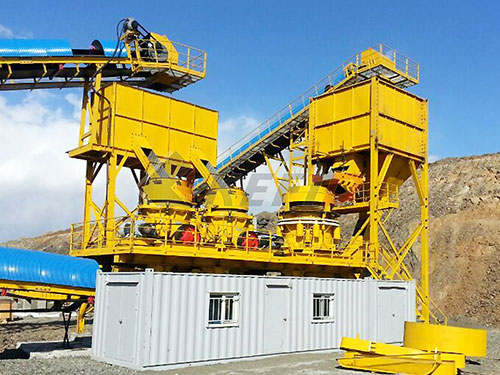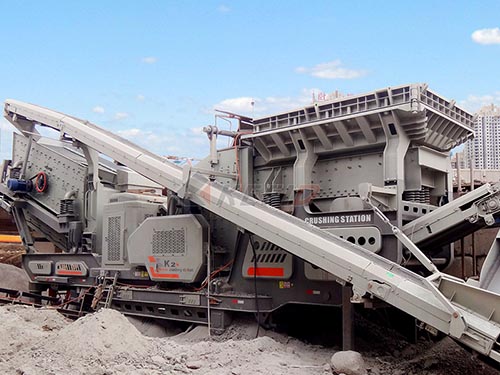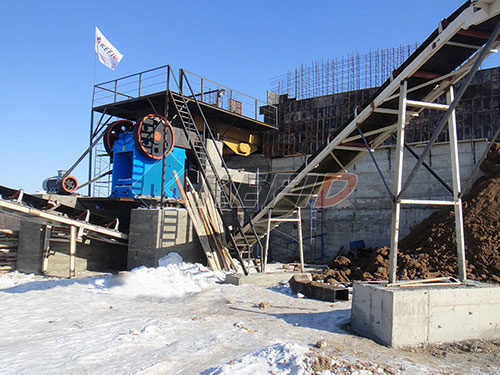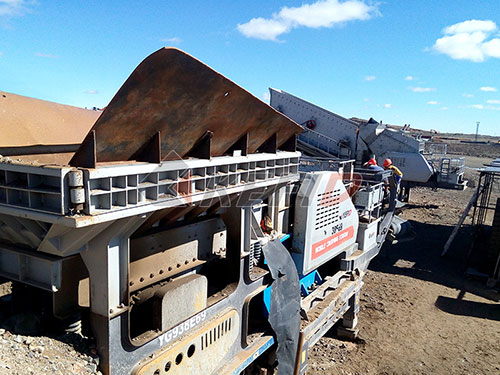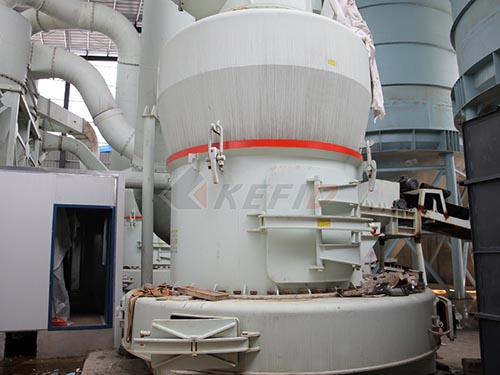Homemade Cane Crusher: Unlocking Sweet Potential on a Budget
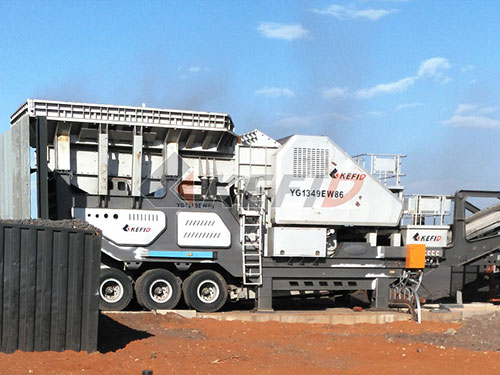
For small-scale farmers, homesteaders, or passionate hobbyists seeking fresh sugarcane juice without the hefty price tag of industrial equipment, the homemade cane crusher presents an ingenious solution. Crafted from ingenuity and readily available materials, these DIY machines embody practicality and self-reliance.
Why Build Your Own?
The appeal is clear:
Significant Cost Savings: Commercial crushers can be prohibitively expensive for limited use.
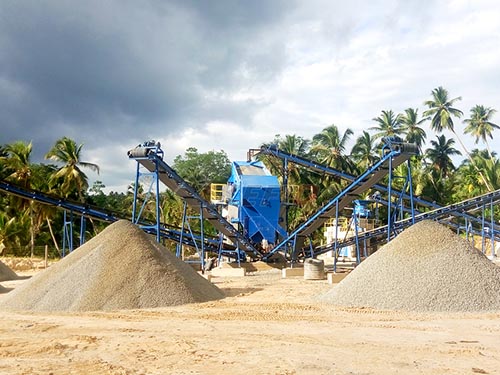
Customization: Tailor the size, power source (hand-cranked or motorized), and capacity precisely to your needs.
Resourcefulness: Utilize scrap metal, recycled bearings, and sturdy wood or steel framing.
Accessibility: Bring fresh juice production within reach for anyone with basic workshop skills.
Understanding the Process: Building it deepens your knowledge of how extraction works.
Core Principles & Components:
At its heart, any effective cane crusher relies on simple mechanics:
1. The Crushing Mechanism: This is almost always a pair of counter-rotating rollers or cylinders made from durable materials like hardened steel pipe or solid rod stock.
2. The Frame: A robust structure – typically welded steel angle iron or heavy timber – provides rigidity and houses the rollers securely.
3. Drive System:
Manual: A hand crank connected via gears or chain/sprocket directly to one roller shaft is common.
Motorized: An electric motor (often repurposed from appliances), connected via pulleys/belts or chain/sprocket provides easier operation for higher volume.
4. Bearings: Essential for smooth roller rotation under pressure; pillow block bearings are frequently used.
5. Juice Collection Tray: Positioned directly beneath the rollers to catch the extracted juice as it flows out.
Design Considerations:
Roller Grip & Gap Adjustment: Rollers need sufficient grip (often achieved with knurling or grooves cut into the surface) and a mechanism to adjust the gap between them to accommodate different cane diameters and optimize juice yield without jamming.
Gear Ratio/Power Transmission: For manual cranking, gearing is crucial to reduce effort while maintaining crushing force at the rollers.
Structural Integrity: The frame must withstand significant lateral forces generated during crushing without flexing or breaking.
Material Selection: Prioritize strength and food safety
